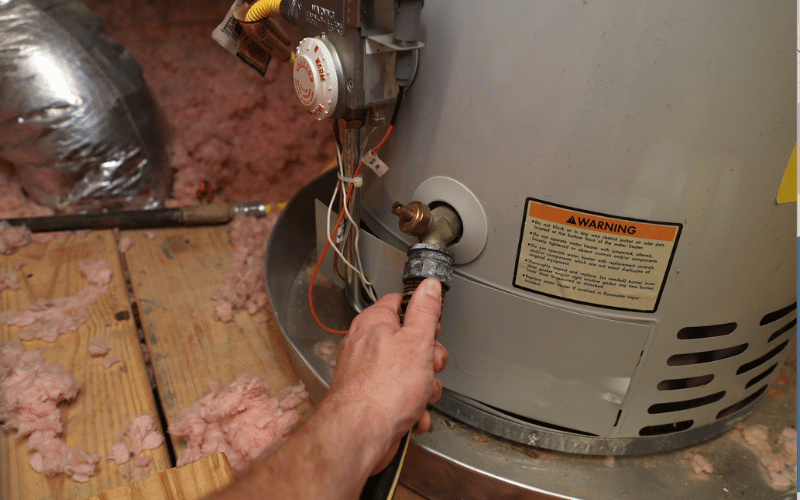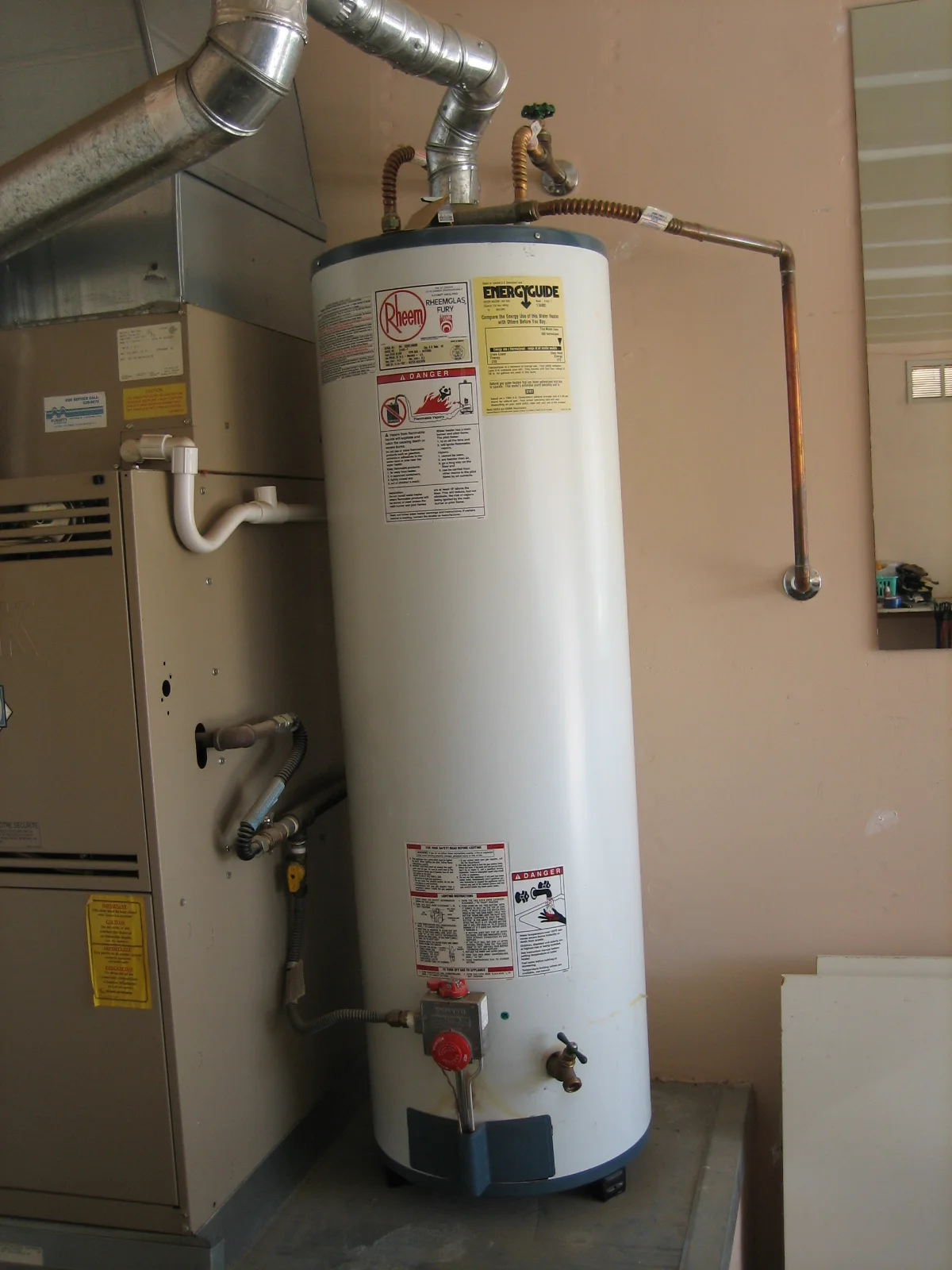Effective Methods to Maintain Your Home's Hot Water System SuccessfullySimple Guide to Caring for Your Home's Hot Water SystemProfessional Guidance for Caring for Your Home's Hot Water System
Effective Methods to Maintain Your Home's Hot Water System SuccessfullySimple Guide to Caring for Your Home's Hot Water SystemProfessional Guidance for Caring for Your Home's Hot Water System
Blog Article
This article below about What Kind of Maintenance Do Water Heaters Need? is truly motivating. Read it yourself and figure out what you think of it.

Hot water is necessary for day-to-day comfort, whether it's for a refreshing shower or washing recipes. To guarantee your warm water system runs efficiently and lasts longer, normal maintenance is vital. This article gives sensible pointers and understandings on exactly how to keep your home's warm water system to stay clear of disturbances and expensive fixings.
Intro
Maintaining your home's warm water system could appear challenging, however with a few straightforward actions, you can guarantee it operates smoothly for many years to find. This overview covers whatever from comprehending your warm water system to do it yourself upkeep pointers and recognizing when to hire expert assistance.
Value of Preserving Your Hot Water System
Normal upkeep not just expands the life-span of your warm water system yet additionally guarantees it operates efficiently. Neglecting upkeep can bring about lowered performance, greater energy bills, and even premature failing of the system.
Indicators Your Warm Water System Requirements Upkeep
Recognizing when your warm water system needs attention can prevent significant problems. Watch out for indicators such as irregular water temperature level, unusual noises from the heating unit, or rustic water.
Flushing the Hot Water Heater
Flushing your water heater removes debris build-up, boosting performance and prolonging its life.
Checking and Replacing Anode Rods
Anode poles stop corrosion inside the tank. Examining and changing them when broken is vital.
Complicated Issues Needing Professional Help
Instances include significant leaks, electric issues, or if your water heater is continually underperforming.
Regular Professional Maintenance Perks
Specialist maintenance can include detailed examinations, tune-ups, and guaranteeing compliance with safety criteria.
Examining and Readjusting Temperature Setups
Adjusting the temperature level settings ensures optimum performance and security.
Do It Yourself Tips for Maintenance
You can execute a number of upkeep tasks on your own to keep your warm water system in leading condition.
Looking for Leaks
Consistently check pipelines and connections for leakages, as these can lead to water damage and greater costs.
Recognizing Your Hot Water System
Before diving into maintenance jobs, it's handy to comprehend the standard elements of your warm water system. Typically, this includes the hot water heater itself, pipelines, anode rods, and temperature level controls.
Month-to-month Maintenance Tasks
Normal monthly checks can help catch small concerns before they escalate.
Examining Pressure Relief Valves
Checking the stress safety valve ensures it functions properly and prevents excessive pressure build-up.
Insulating Pipes
Insulating hot water pipes minimizes heat loss and can save energy.
When to Call an Expert
While do it yourself upkeep is valuable, some problems call for specialist competence.
Conclusion
Normal maintenance of your home's hot water system is important for effectiveness, long life, and price financial savings. By adhering to these pointers and recognizing when to look for specialist aid, you can guarantee a reputable supply of hot water without unforeseen interruptions.
Water Heater Maintenance Tips
Test the TPR Valve
Shut off the power and the cold-water supply valve. Place a bucket under the pipe connected to the temperature-pressure-release (TPR) valve on the top or side of the tank. (This valve opens if the tank pressure gets too high.) Lift the valve’s tab to let some water out, then let go. If water keeps flowing, drain the tank partway, unscrew the old valve with a pipe wrench, and install a new one. Check the Anode Rod
Put a hose to the tank’s drain cock and let out a few gallons of water. Now fit a 1 1/16-inch socket onto the rod’s hex head on top of the heater (or under its top plate) and unscrew the rod. If it’s less than ½ inch thick or coated with calcium, buy a new one, wrap its threads with Teflon tape, put it back in the tank, and tighten securely. Use this segmented rod if headroom above the tank is limited. Drain the Tank and Wash Out Sediment
Drain the remaining water in the tank into the bucket, then stir up the sediment on the tank’s bottom by briefly opening the cold-water supply valve. Drain and repeat until clean water comes out of the hose. Close the drain cock, refill the tank, and turn its power back on. Adjust the Temperature
Find the temperature dial on the side of the tank and unscrew its cover. Adjust the dial to 120 degrees using a flathead screwdriver. For every 10 degrees the temperature is lowered, you can expect to save up to 5 percent in energy costs. Turn the water heater off or the thermostat down to its lowest setting if you plan to be away from home for more than three days. Insulate the Pipes
Buy some self-sticking 3/8-inch-thick foam pipe insulation that matches the pipes’ diameter. Slide the foam over the hot-and cold-water pipes as far as you can reach. Insulating the cold-water pipe prevents condensation in summer. Peel the tape and squeeze the insulation closed. If the pipe is 6 inches or less from the flue, cover it with 1-inch-thick unfaced fiberglass pipe wrap. https://www.thisoldhouse.com/plumbing/21016402/how-to-maintain-a-water-heater

I found that review about How to Maintain a Hot Water Heater in a Few Simple Steps when doing a search on the search engines. For those who enjoyed our article if you please remember to pass it around. I am grateful for being here. Please check our blog back soon.
Get A Free Quote Report this page